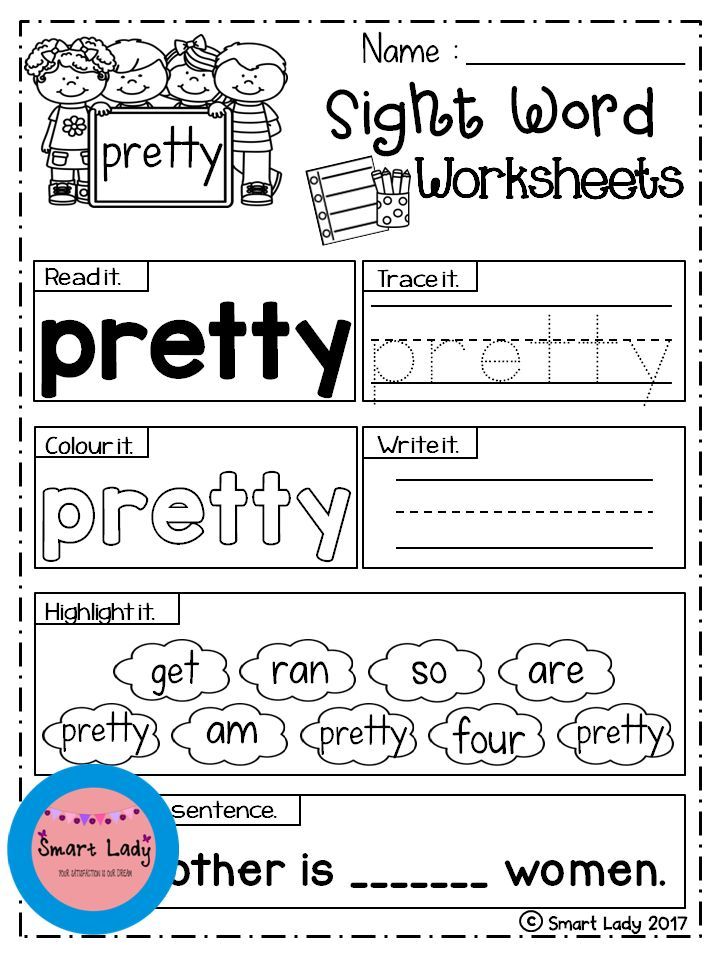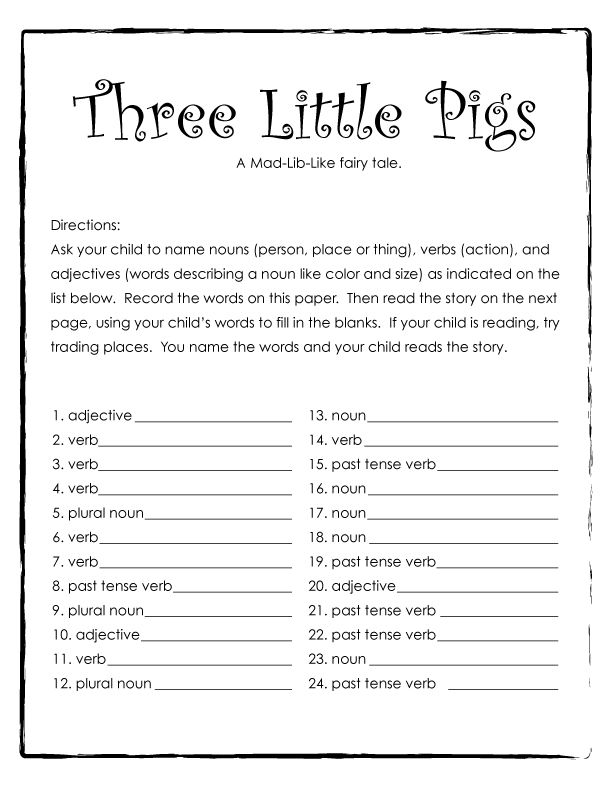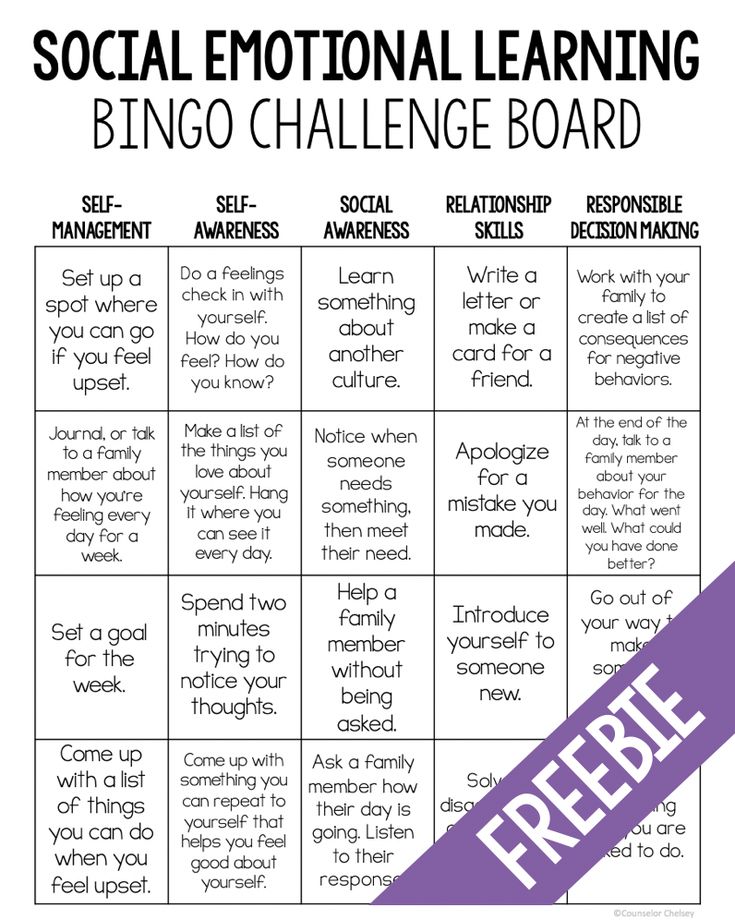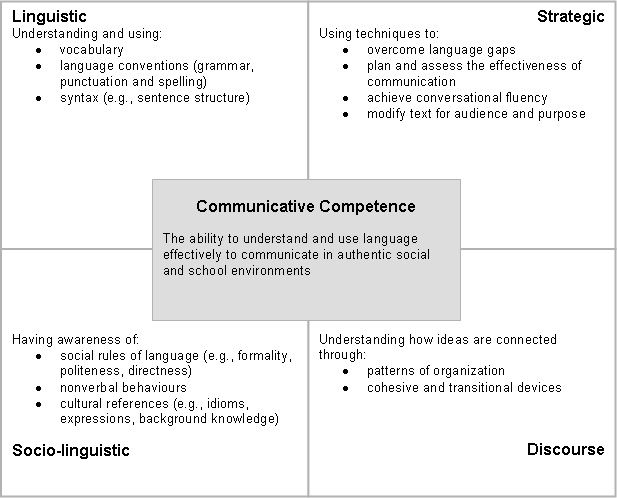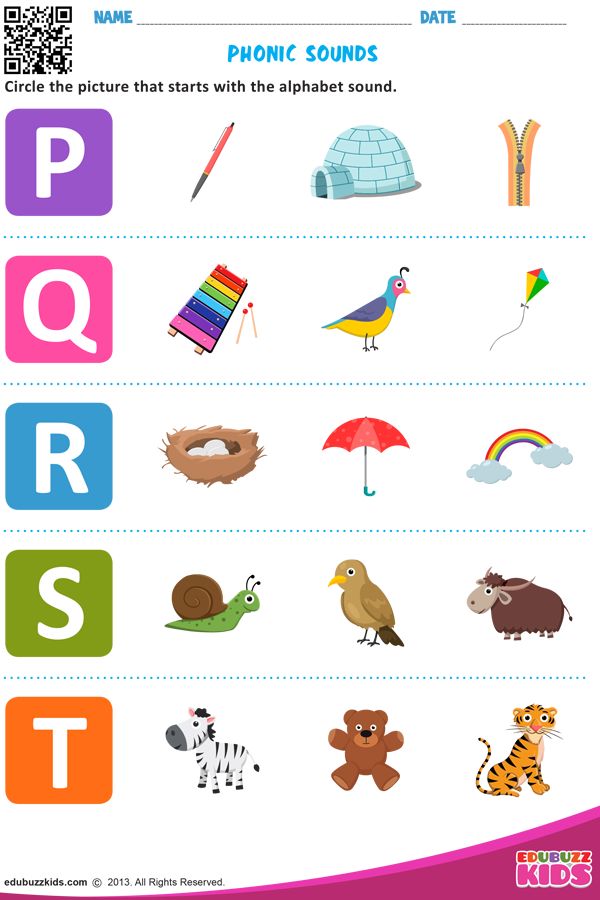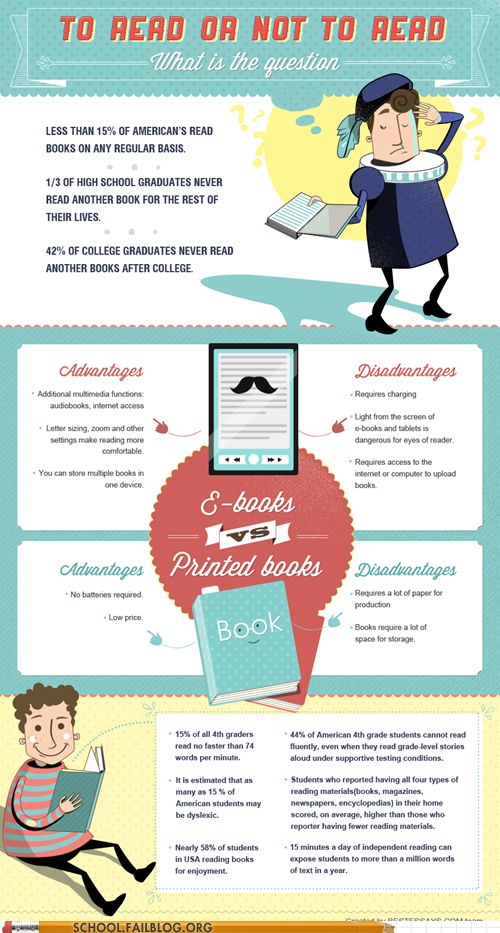Tips on reading aloud
10 Tips for Reading Aloud with Children
By NYPL Staff
January 22, 2021
World Read Aloud Day Art © 2020 Scholastic Inc
On February 3, 2021, The New York Public Library will be joining Scholastic, LitWorld, football champion, and literacy advocate Malcolm Mitchell, along with families and classrooms around the world, in celebrating World Read Aloud Day, which highlights both the importance of reading aloud and the many benefits that come from it! Created 12 years ago by LitWorld, a nonprofit organization dedicated to bringing people together through stories, and sponsored by Scholastic, the global children’s publishing, education, and media company, World Read Aloud Day is celebrated across the globe.
Making reading a pleasurable habit is one of the most important things you can do for the child or children in your life and sets them up for lifelong readership. Here are the top 10 tips for reading aloud according to our librarians.
1. All reading is good reading.
That includes books with commercial characters, comics, and nonfiction.
2. Find a comfortable space to read together.
The love of reading is built around our cultural connection to books and hearing stories. Being in a cozy environment while reading will help create those loving connections. It’s also good to carry a book with you wherever you go—reading in a crowded space like a busy subway can soothe and distract.
3. Slow down.
It takes time to process what’s happening on the page. You can pause on a page to look more closely at pictures before turning the page.
4. Ask and answer questions together.
If you come across a word or concept your child or students don’t know, ask them what they think it means. And if you don’t know, it’s OK to say that! Explore unknowns together: these moments are opportunities to discuss the book and what is happening in connection to the world around us and capitalize on curiosity.
5. Be yourself.
You don’t have to be an entertainer while you’re reading a great book! This is especially true when reading one-on-one with a child.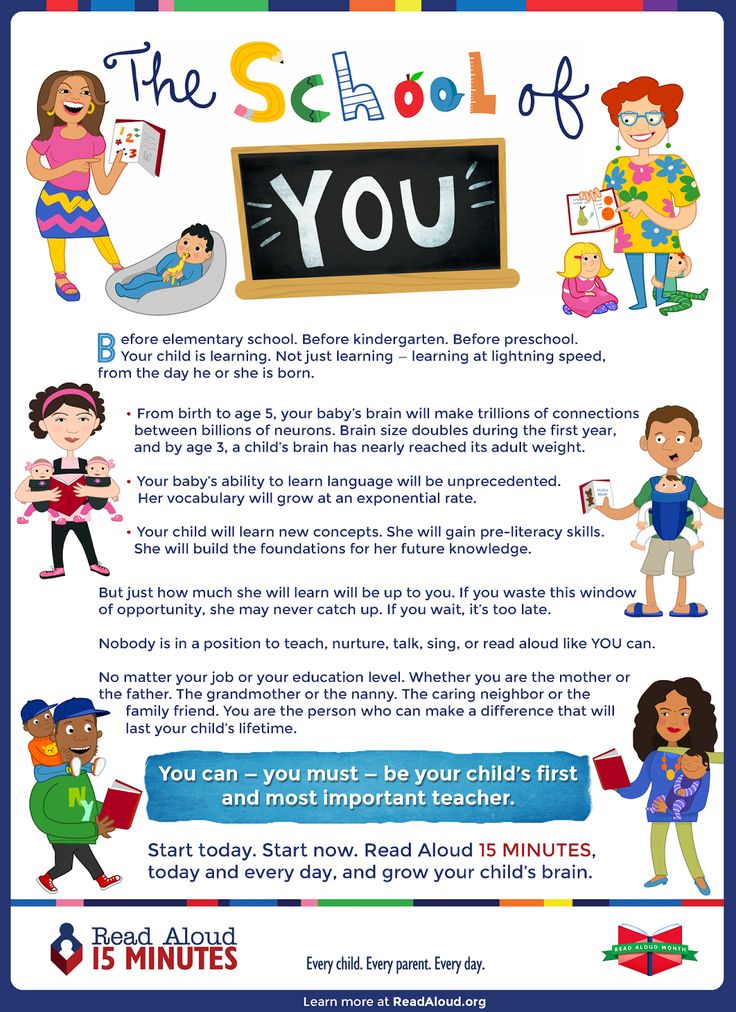 The bond already exists and the moment is special because it is your voice.
The bond already exists and the moment is special because it is your voice.
6. Read ahead!
Rhythm and meter are part of the magic of storytelling, so a little pre-reading can make a big difference. Flip through the pages before you start so you know what happens in the story and can check that it’s appropriate for your audience and moment. This will help you identify key moments for social-emotional learning.
7. Embrace wordless picture books.
Books without words are an opportunity for you and your child to invent a new story each time. Wordless picture books are also a great opportunity to think and talk about what is happening—and to predict what will happen next!
8. Don’t worry about age or grade level.
Even if a book isn’t entirely age-appropriate or seems a little advanced, you can still try reading different parts of it each time. You also don’t need to rush into bigger books because they are labeled as being more age-appropriate. If you’re looking for your next great read, take this opportunity to explore lists like the Scholastic 2021 World Read Aloud Day Book Picks and our list of 2020’s Best Books for Kids for favorites old and new.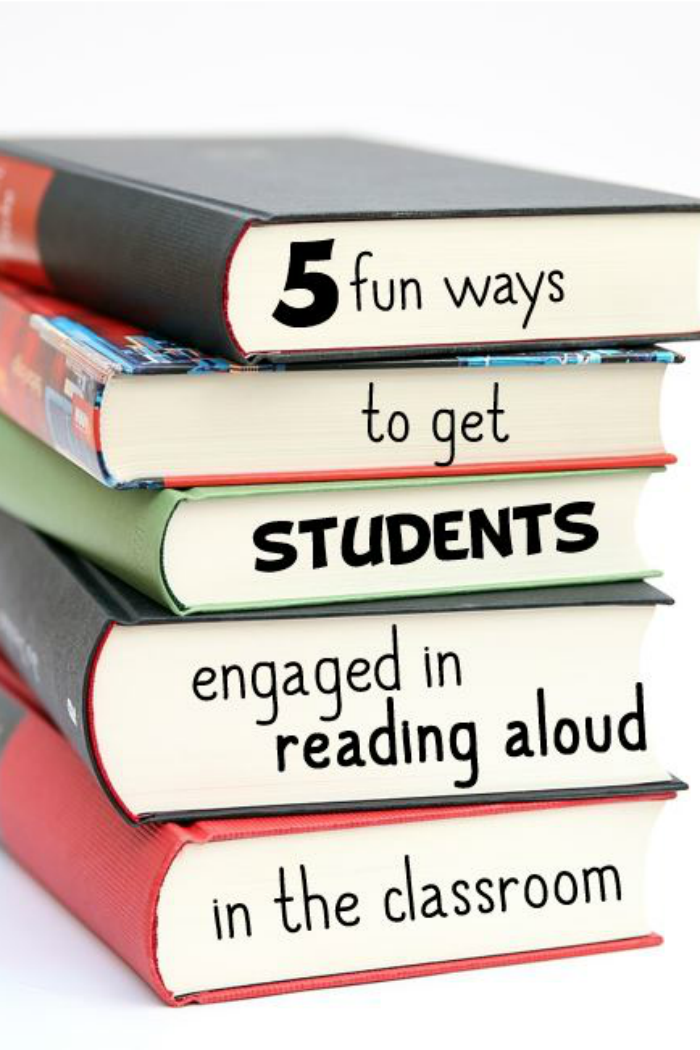
9. You don’t have to finish a book.
Don’t make reading a chore! Sometimes the best thing to do is to stop. If your audience is running around or not interested, come back to it later or ditch it entirely! You can even come back to it much later: revisiting stories at a later age can create an entirely new and wonderful experience.
10. Make reading aloud part of your routine.
This is especially valuable for our littlest ones, who crave structure for comfort and early learning. Make bedtime or tummy time a good time for reading. Plus, if children see you reading, you’re modeling great reading behavior that sets the foundation for future readership.
We look forward to celebrating World Read Aloud Day with you on February 3, 2021! To learn more, visit the:
- Scholastic World Read Aloud Day website at www.scholastic.com/worldreadaloudday
- LitWorld World Read Aloud Day website at www.litworld.org/worldreadaloudday
Hints on How to Read Aloud to a Group
By: America Reads at Bank Street College of Education
From previewing to reading with expression, here are several helpful hints for anyone preparing to read a book aloud to a group of children.
Listening to literature being read aloud is one of the most valuable and pleasurable experiences beginning readers and writers can have. Read alouds should be part of every child's day.
Story time, circle time, and read alouds offer a chance to model good reading and thinking strategies and to expose young learners to a rich variety of literature. When this exposure is accompanied by supportive and engaging discussions, children are able to extend their world view and develop important critical thinking skills.
The following are some helpful hints that will help you make the most of your read aloud time.
- Plan enough time for each session (15-20 minutes)
You'll want to give yourself and the children enough time to read aloud, to enjoy, and to discuss the story, poem, or information text.
- Choose stories or texts that respond to children's interests and experiences
For very young children or emergent readers, choose books with vivid pictures, a strong story line, engaging characters, and evocative language.
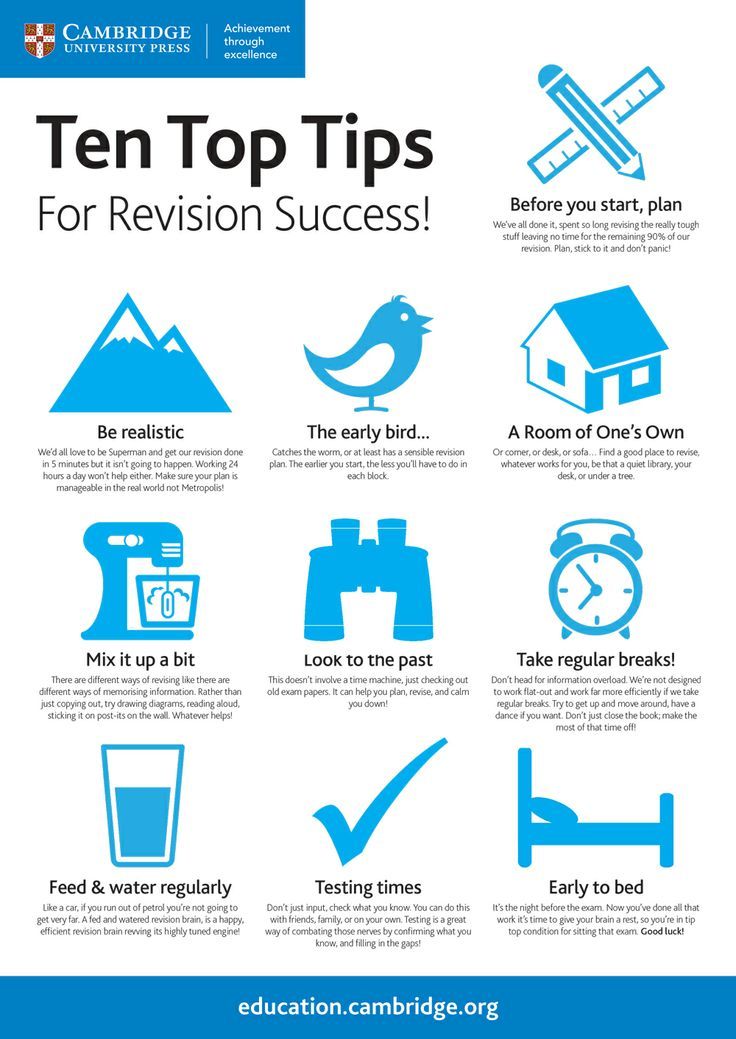 Humorous and predictable books are particularly successful.
Humorous and predictable books are particularly successful. - Preview the book before you read it with the group so you can anticipate questions or reactions
Practice reading the book through so you can decide where to pause for emphasis and where to elicit questions, predictions, or reactions.
- Introduce the book to the group
Point out the cover illustration, title, and author. Invite the children to predict what the book is about, and talk about how the book might connect to their own experience or to other books they've heard or read. You can also give a brief explanation about why you chose to read the book. "This is the story of a boy who goes on an unusual trip. I chose it because you just came back from a trip." Or "This is the story about a special friendship between a mouse and a whale. I have read this many times. I wonder what you will think about it."
- Read with expression
Let your voice reflect the tone of the story or the personalities of the characters.
 Don't read too fast. Vary your pace so you can pause for emphasis. Allow time for children to think about what's happening or what might come next.
Don't read too fast. Vary your pace so you can pause for emphasis. Allow time for children to think about what's happening or what might come next. - Build in time for listeners to respond along the way
Allow time for children to study the pictures as you read, make comments, and ask questions about the story.
- Encourage predictions
Ask children what they think will happen next. Help them confirm or revise these predictions as the story unfolds. Try to honor many ideas and interpretations, not just the "correct" ones. Instead of accepting or rejecting comments or ideas as right or wrong, use comments such as "That's one possibility, let's see what the author has in mind." or "Well that's an interesting idea. How did you think of that?"
- Watch your audience
Watch the children's expressions and body language and be sensitive to signs of boredom or confusion. You may need to change your reading plan, change the book, or do more preparation next time.
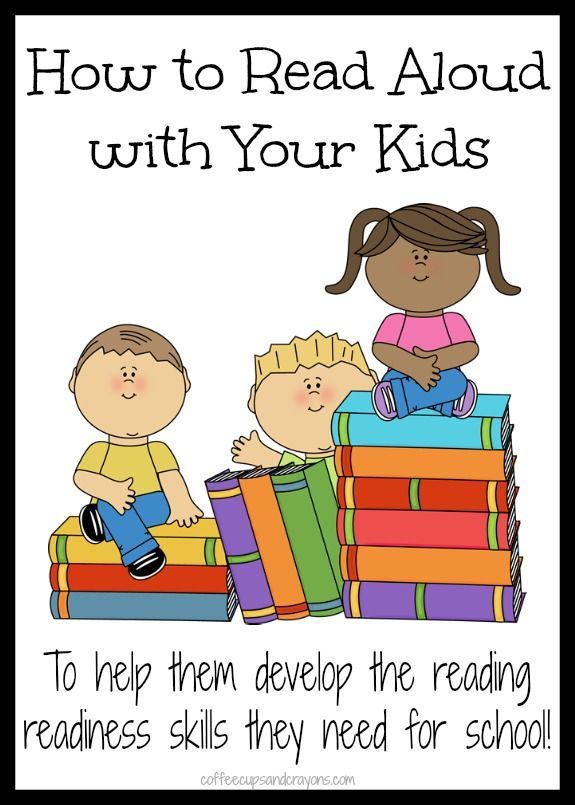
- Save time at the end of the story to get reactions
Ask open-ended questions that don't have right or wrong answers and that can't be answered with a yes or no reply. For instance, ask what the child liked (or disliked) about the book and why. You may ask what he or she thought about the characters or how the problem was solved. Find out if the book made listeners think of any personal experiences or other books they've heard or read.
- Point out parts of the story you noticed or especially liked
Show the children special language patterns or phrases or parts of the text that made you feel or visualize something. Ask children if there were other parts of the book they noticed.
- Remember that for some children, listening to stories is a new experience
Some children aren't used to being read to and will need to develop that interest and ability. Start with short, interesting stories with strong pictures. In some cases, allow active children to manipulate play dough or to draw while listening.
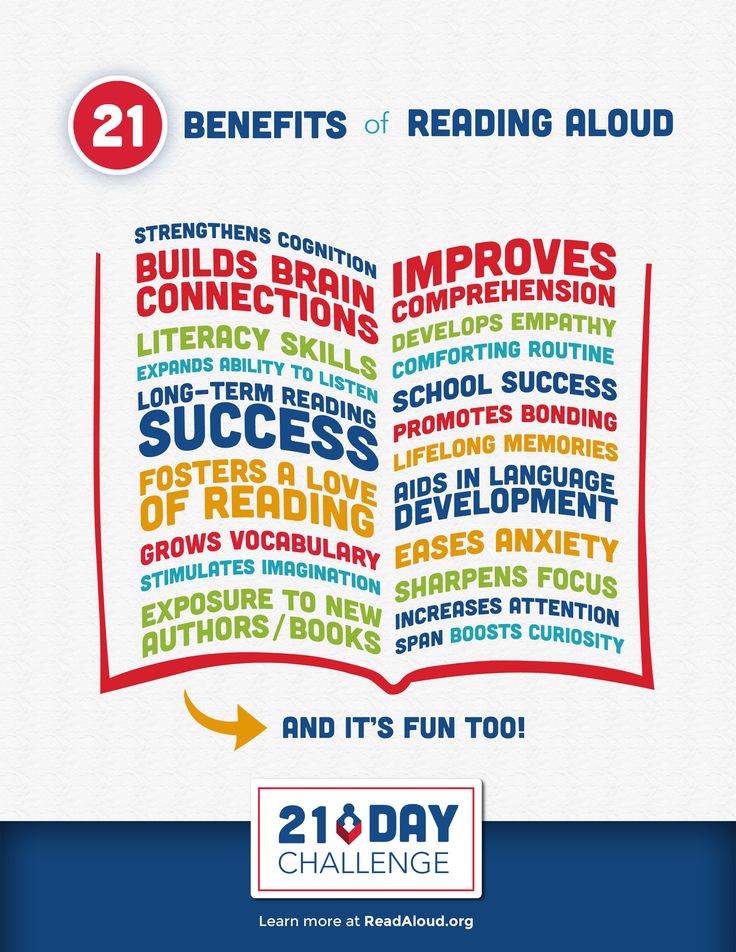 Be responsive to facial expressions and body language.
Be responsive to facial expressions and body language. - Encourage discussion about the story
Ask the children questions about what's going on and encourage them to predict what will come next. Be sure, though, not to turn the discussion into a quiz!
- Most importantly: Have a good time!
Updated and adapted from: Reading Aloud to Children: Helpful Hints. (August, 1997). America Reads at Bank Street College of Education. Available at http://bankstreet.edu/literacy-guide/sample-tutoring-lessons/reading-aloud-children-helpful-hints/.
Reprints
You are welcome to print copies for non-commercial use, or a limited number for educational purposes, as long as credit is given to Reading Rockets and the author(s). For commercial use, please contact the author or publisher listed.
Related Topics
Differentiated Instruction
Reading Aloud
New and Popular
Print-to-Speech and Speech-to-Print: Mapping Early Literacy
100 Children’s Authors and Illustrators Everyone Should Know
A New Model for Teaching High-Frequency Words
7 Great Ways to Encourage Your Child's Writing
Screening, Diagnosing, and Progress Monitoring for Fluency: The Details
Phonemic Activities for the Preschool or Elementary Classroom
Our Literacy Blogs
Is Emily Hanford Right?
Kids and educational media
Meet Ali Kamanda and Jorge Redmond, authors of Black Boy, Black Boy: Celebrating the Power of You
Get Widget |
Subscribe
How to read aloud: improving your public speaking skills
Oratory is an important skill of a business and successful person.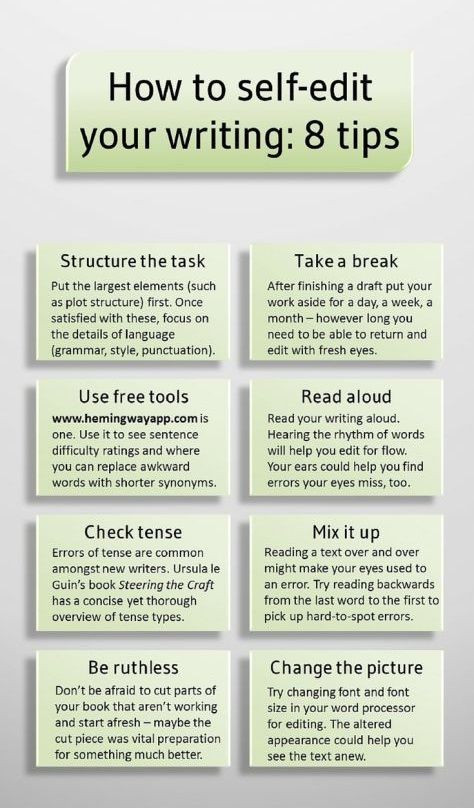 But such knowledge needs to be constantly improved. Not everyone is eloquent from birth. Many do not know how to speak well and have a fear of speaking. But if you want to develop such skills, you can independently. One of the most effective ways to develop a useful skill is reading aloud. There are certain recommendations and practical exercises that allow you to read well. nine0003
But such knowledge needs to be constantly improved. Not everyone is eloquent from birth. Many do not know how to speak well and have a fear of speaking. But if you want to develop such skills, you can independently. One of the most effective ways to develop a useful skill is reading aloud. There are certain recommendations and practical exercises that allow you to read well. nine0003
Peculiarities of reading aloud
For many, reading aloud ends in school days, even in elementary grades. After that, everyone moves on to reading to themselves. An unclaimed function atrophies over time, and speakers in public cannot read the text aloud expressively and well. Without preliminary preparation, reading will turn out to be monotonous and without the necessary intonations.
Reading aloud allows you to express your thoughts correctly and easily. This technique allows you to replenish vocabulary, improve intonation and diction, and also work on emotional coloring. nine0003
nine0003
Regular training will help get rid of parasitic words, tongue-tied tongues and reservations. Most often, written texts are of better quality than self-composed speeches. They have the correct structure, conciseness and do not contain errors. Therefore, regular classes contribute to the smooth voicing of speech.
Reading aloud is useful:
- For practicing articulation. Reading allows you to pronounce words clearly and articulately.
- For working out intonations and for learning calm pauses. Artistic text conveys many shades. For a quality reading, you should find a way to express emotions. nine0018
- To increase vocabulary. When reading books, new words appear in the lexicon. A large vocabulary helps you better express your thoughts and create the desired image.
- To speed up the perception of the text, concentration and memory sharpness.
- For fantasy development
- Stimulation of confidence in the ability to express themselves beautifully and freely.
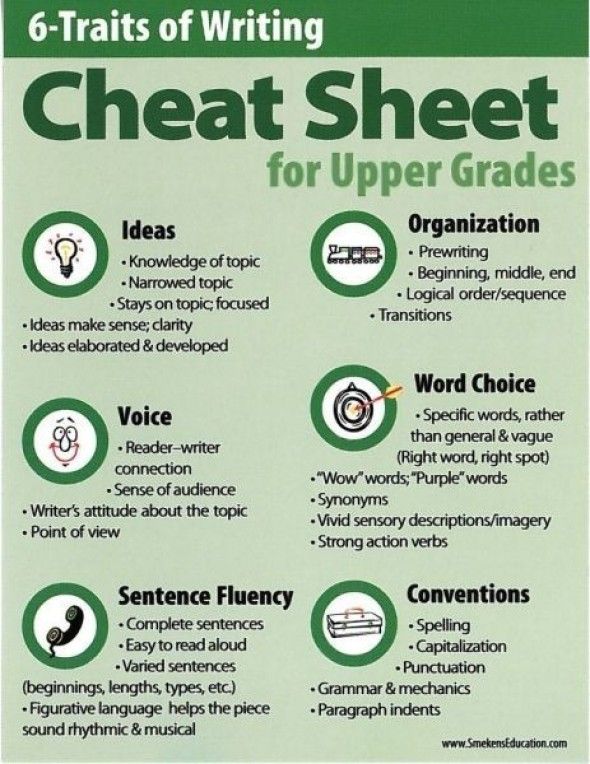
The regular process of reading teaches the logical presentation of thoughts, as well as the compilation of complex sentences. nine0003
If possible, it is better to read aloud to someone. This habit promotes rapprochement and is a great way to pass the time.
How to improve the quality of reading
For training, one should read various works of great writers and texts of encyclopedias. Many of the texts are well written and abound in words that are little used in everyday life. Similar words are useful for developing vocabulary.
Nuances of reading in public
nine0002 In the modern world, reading from a piece of paper while addressing the public is considered bad manners and an indicator of unprofessionalism. But in Soviet times, this approach was considered the norm. One such example is Brezhnev. Many speakers still sight-read speeches, but so well that no one notices. This is what many politicians do.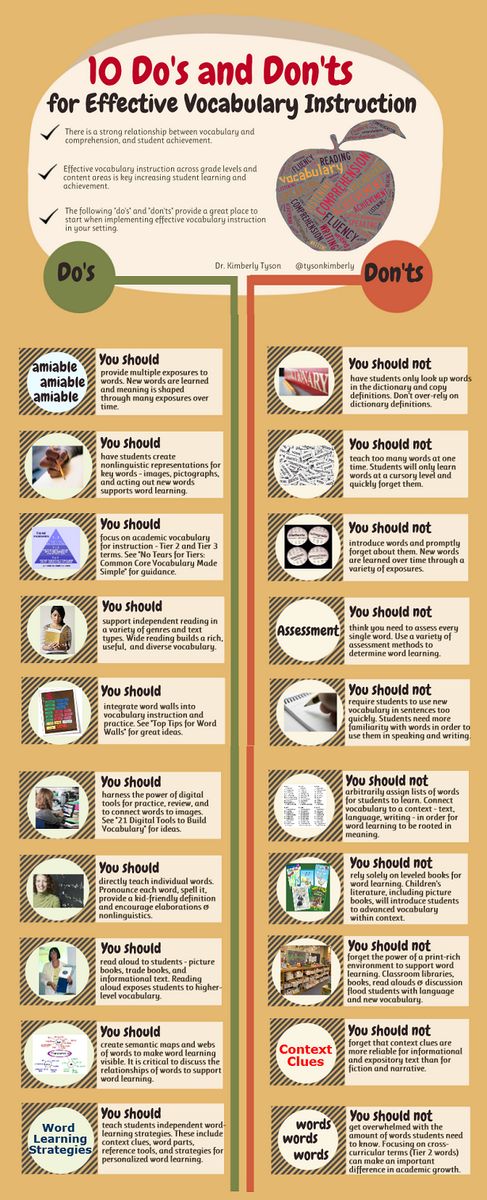 To master sight reading, you can use two options for techniques:
To master sight reading, you can use two options for techniques:
- Read the text beforehand and then state it in your own words in public. nine0018
- To study the methodology of public reading.
What is public reading
Such a reading is called correct because it is necessary to look into the eyes of the people to whom it is addressed. It does not matter if the text is written or not.
Reading in front of an audience is more difficult than everyday speech. It requires special skills. The difficulty lies in the need to maintain eye contact with the audience. And this is very difficult when reading from a sheet. In addition, it is important to feel the audience and determine how well they absorb the material. nine0003
When sight-reading, the speaker may lose sight of when listeners' perceptions are overloaded.
It is important to pay attention to the presence of pauses, eye contact and the speed of speech. You can not read quickly, as every word must be perceived by the audience. The technique is as follows: you should read during pauses, and when voicing, you need to look into the audience.
The technique is as follows: you should read during pauses, and when voicing, you need to look into the audience.
It is important to adjust the length of pauses, the speed of speech and phrases in advance. All this can be achieved with the help of a special set of exercises. nine0003
Effective Exercises
Oratory skills not only allow you to control the situation, but also manage it. Most often, eloquence is an acquired ability and can be trained. Find out what exercises to do:
- Loud reading. To develop the flexibility of the voice and its strength, you need to read the text with a change in key. Transitions are made from quiet to loud pronunciation and vice versa. Long vowels are also pronounced in this technique. The voice may sound lower than usual. nine0018
- Retelling of what was read. The readings are retold in their own words. Important attention should be paid to details, and also try to remember more information.

- Search for keywords. For the development of speech thinking, it is necessary to determine which words in the text are key. We must try to find new formulations for them.
- Paraphrasing. This exercise helps to identify the main idea. After reading a short text, you need to convey the information contained in it with the help of one sentence. nine0018
- Simplicity of speech. To get rid of the words of parasites, you need to record the text on the recorder, and then listen to it and mark sentences with such words. After that, the text is spoken again, but in the correct version.
- Tongue twisters allow you to learn to pronounce speech faster, but at the same time maintain the correct pronunciation.
- Reading by warehouses. The technique helps to develop a clear and free pronunciation. Any text should be read slowly and in warehouses. It is important to pay attention to the clarity and correctness of sounds. nine0018
- Reading poetry. Working with rhyming works allows you to quickly remember the correct placement of stress in words.
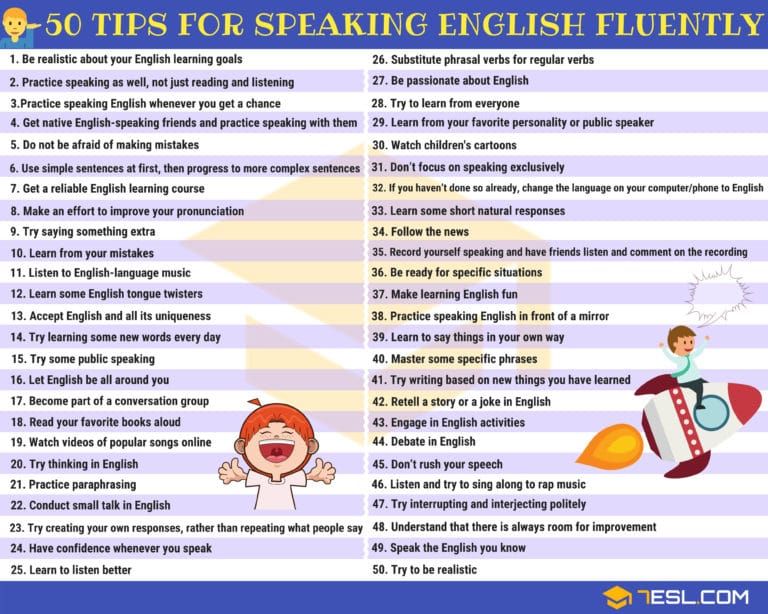
It is recommended to exercise more often, but it is important to take breaks. Clarity and clarity of speech can be achieved with the help of proper breathing. And this can be worked out by using special breathing exercises.
No problem
Even if you can't read aloud well, it's not a problem, it's a new goal. You should start reading aloud to develop a useful skill. To do this, you need to read various texts. This is a good way not only to learn to read with expression, but also to replenish your vocabulary with new phrases and words. nine0003
What can be read aloud
You can train on fairy tales, stories and interesting parables. Let's start with short stories. At the same time, there is no desire to quickly finish the work. Such prose is well written.
Reading Rules
Read slowly and even slowly. There should not be more than 100 words per minute. And better 40-60 words.
At a normal reading speed of 120 words per minute, it is impossible to pay attention to intonation, pauses and gestures.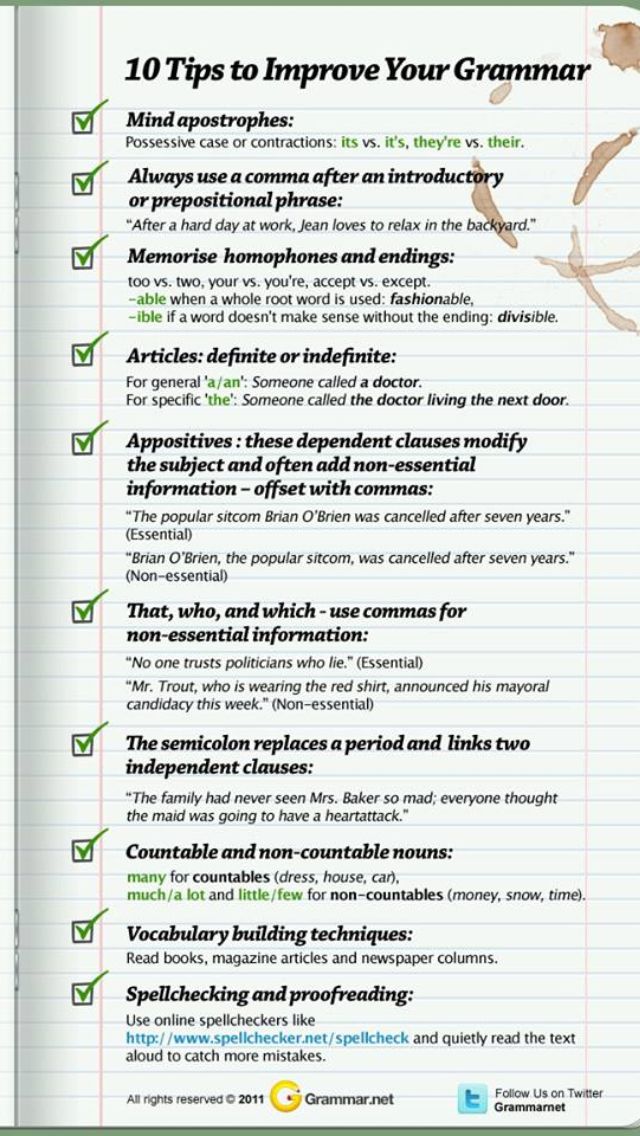 At this speed, the brain can only read, but does not have time to absorb words. With these indicators, reading is possible with constant peeping into the text. But you need to have time to look at the audience. nine0003
At this speed, the brain can only read, but does not have time to absorb words. With these indicators, reading is possible with constant peeping into the text. But you need to have time to look at the audience. nine0003
It is important to observe the following rules:
- Read slowly. This is difficult to do at first, as reading to yourself is much faster.
- Pronounce words clearly.
- You need to read with expression and arrangement with pauses and stresses.
- It is recommended to train to voice the direct speech of the characters, pronouncing the text in different keys.
Reading time is also important. The optimal time is half an hour a day. After a month of constant training, the first results will be noticeable. Speech will become more beautiful and smooth. The ability to quickly select words to express thoughts will improve. nine0003
Readable text can be recorded on a voice recorder. This will allow you to pay attention to errors and note the features of speech.
Slow reading
Only when reading slowly can you control your voice and speech. Try to change the phrases. Speak words louder, faster or quieter. It is worth changing the intonation.
Training in front of a mirror
Before speaking in front of an audience, you need to practice reading aloud to yourself. This can be done without a recorder, but looking at your reflection in the mirror. When pronouncing each phrase, you need to look into your eyes. nine0003
When performing an exercise, it is considered a mistake to pronounce words when the eyes are not yet visible.
Listening to recordings
In the process of reading, you need to turn on the camcorder or webcam for recording. This will allow you to listen to your speech and make adjustments. It is important to identify extraneous interjections - "uh" and "m-mm". The voice should not be monotonous. The sound should have a variety of intonations.
Training on one text
It is especially useful to re-read the same text than to leaf through new works. With this approach, you can control the result. nine0003
With this approach, you can control the result. nine0003
Reaction to your voice
Many speakers don't like the sound of their voice. Such a reaction is considered normal for the subconscious. At the same time, speakers do not like the sounds of their own voices, but other people's voices seem attractive. The sound of your voice coming out of the speakers takes some getting used to. This process takes some time.
Perception of own video
As well as the sound of their own voice, many do not like their video image for the first time. Over time, speakers get used to their video image. In addition to getting used to your own voice and video, you need to analyze your own speech. nine0003
Oratory Rules
A good speaker must have a special skill, knowledge of the basics of psychology and acting. The task of the speaker is to convey information to the audience and arouse interest in the audience.
The following components affect speech quality:
- Objectivity.
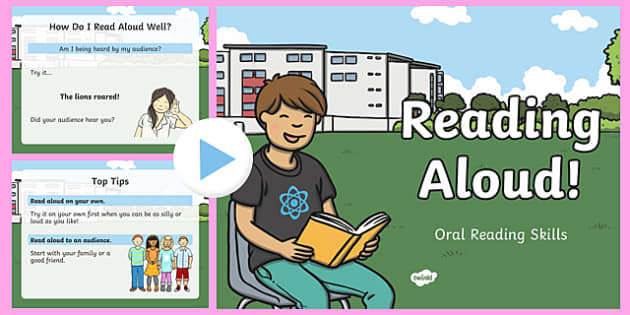 The information must be truthful, and the speech must be unbiased.
The information must be truthful, and the speech must be unbiased. - Conciseness. Too long monologues cause negative emotions and irritability in listeners. nine0018
- Clarity. It is important to be able to explain complex topics in simple terms.
- Imagery. It is recommended to use stories from real life as examples.
- Voltage. Listeners need to be interested and intrigued in order to maintain tension.
- Surprise. Non-standard solutions can increase the interest of the audience.
- Style. It is not recommended to use lofty and pathos words during speech.
To negate the preparation for the performance, strong excitement can. Fears and self-doubt prevent beginners from expressing their thoughts. To solve the problem, it is worth dealing with your fears and determining their cause. These can be children's complexes, the consequences of strict upbringing and painful pride. Various techniques are used to overcome anxiety. Auto-training, meditation, rest and preparation will help to calm down.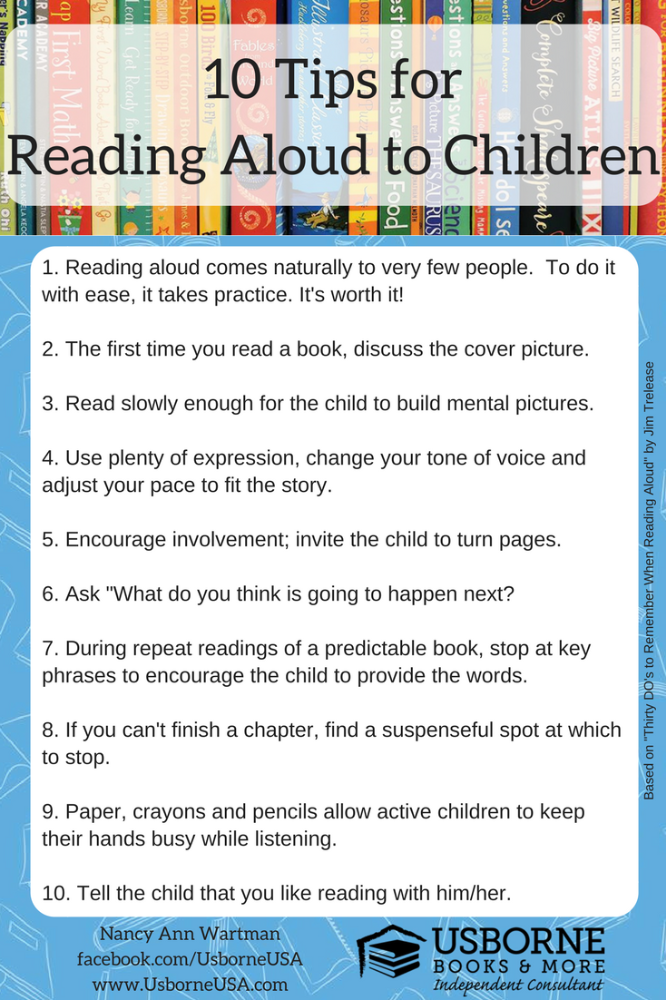 nine0003
nine0003
The ability to speak correctly requires a comprehensive and integrated approach, involving the use of audio and video materials, as well as printed literature. Regular training will allow you to achieve good results and become a professional sight reader.
How to read correctly. 7 important tips
A+ A A-
- Category: Tips for parents
- Views: 106537
How to read correctly. 7 Important Tips
So here are some tips on how to read correctly. It's not just about reading technique. Correct in this case - this is with the maximum benefit from what you read. Naturally, first of all, these tips relate to reading non-fiction literature - books on self-development, on the profession, educational and scientific literature, etc. That is, those from the reading of which some very specific benefit is expected: knowledge, skills, competencies. However, these "rules" can be successfully applied to fiction as well.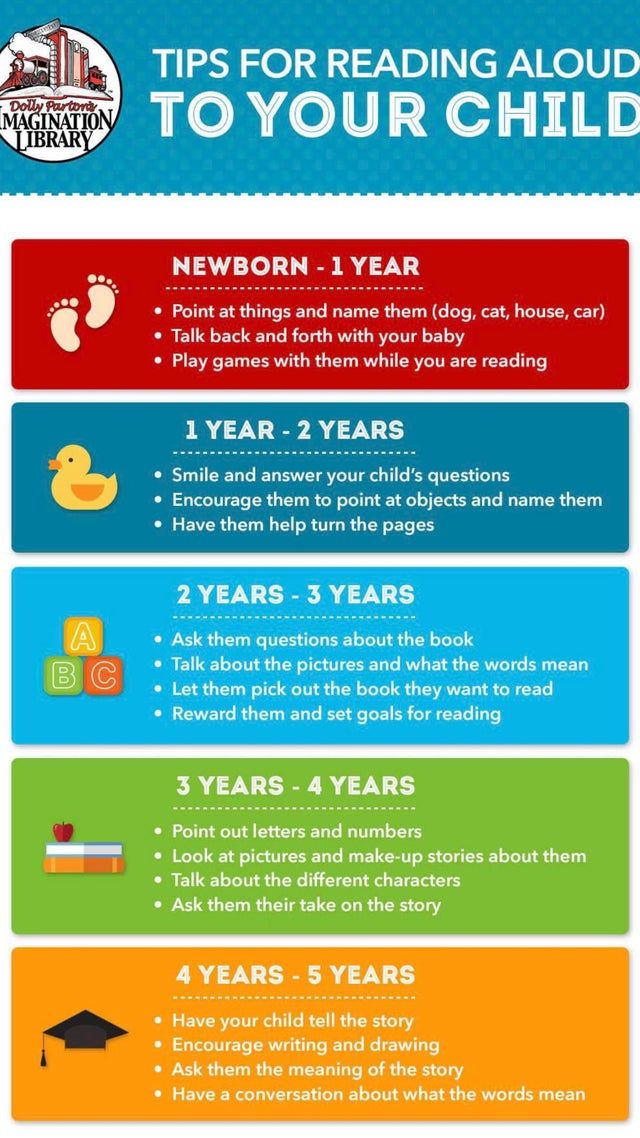 After all, fiction, especially classical literature, is designed not so much to entertain the reader as to give him some new experience. Here is how to get this experience as much as possible and our advice will help. nine0003
After all, fiction, especially classical literature, is designed not so much to entertain the reader as to give him some new experience. Here is how to get this experience as much as possible and our advice will help. nine0003
1. Read regularly
Make it a rule to dedicate at least an hour a day to reading and do not deviate from this rule for anything. If it is impossible to carve out such a whole period of time in your daily routine, break this time into two 30-minute segments, or even three 20-minute ones. Taking time to read before bed is not a good idea from a productivity standpoint. During the day, your brain gets tired and saturated with information, it will be difficult for it, especially if you read non-fiction. nine0003
2. Read with a notepad at hand
The ability to write down the necessary thoughts from the book, or your thoughts that arise in the course of reading, significantly increase the effectiveness of reading.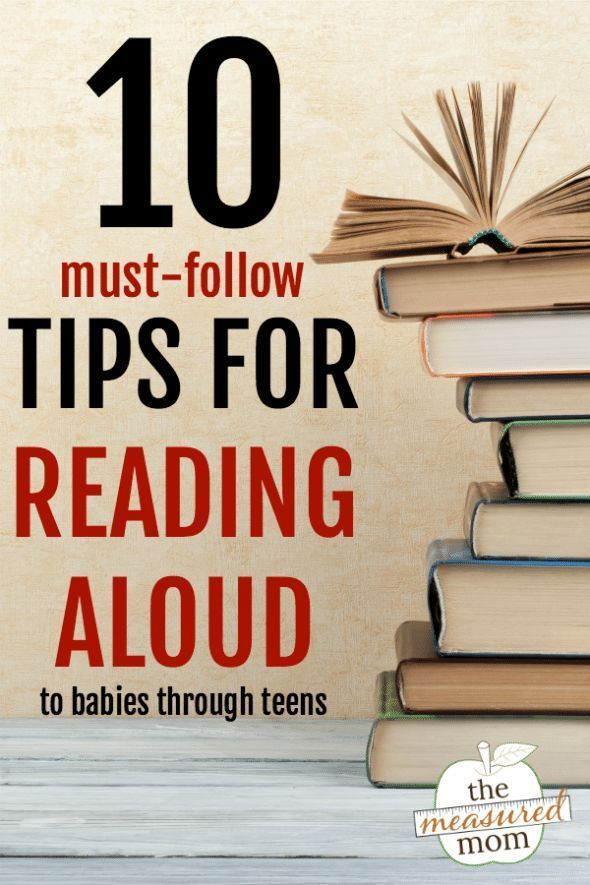 Using these notes, you can then easily restore the key points of the book in memory, you can use them when the book is not at hand. Even just writing out quotes from a fiction book is of great benefit. Some advise even to compose the "skeleton" or "summary" of the book in this way, but these are already details. nine0003
Using these notes, you can then easily restore the key points of the book in memory, you can use them when the book is not at hand. Even just writing out quotes from a fiction book is of great benefit. Some advise even to compose the "skeleton" or "summary" of the book in this way, but these are already details. nine0003
3. Read thoughtfully
" Read correctly " does not mean "read fast", rather the opposite. Never chase reading speed. The usefulness of books "is not determined by the amount of reading, but by the amount of understanding." It is better to re-read a difficult or controversial passage than to skip without understanding anything. Do not be lazy to find out the meanings of unfamiliar words and terms (fortunately, now it is very simple). Pay attention to context. If the author refers to a theory or study unfamiliar to you, find out at least in general terms what the essence of the theory or study is. By the way, this will help you with the next step.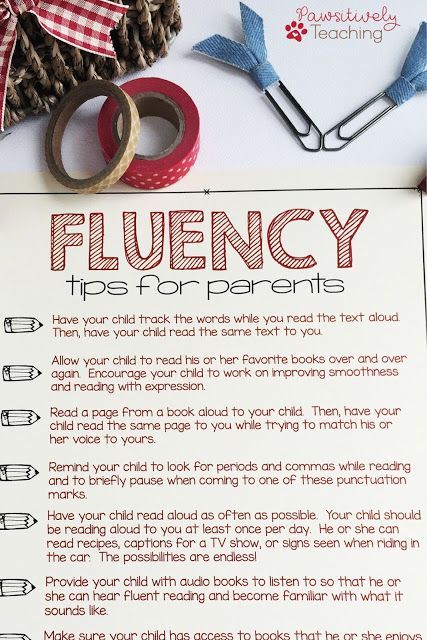 nine0003
nine0003
4. Constantly look for books
It would seem that what to look for - there are so many of them. But most of these books are of no use to you, they are just rubbish. In order not to fill your head with garbage, you need to responsibly approach the choice of literature for reading. Make sure you have a "to read" list. Follow the latest in the area you are interested in, read the reviews of other people. Determine the next book in advance. In a word, plan your reading process.
5. Read different books
Sometimes it is very useful to read several books on the same topic in a row, compare them with each other, look at the problem from different angles. But you shouldn't get hung up on the same thing. Read science fiction after self-development books, Russian classics after business literature, etc. Some even advise doing it at the same time - reading one book "for good", and another, fiction, for pleasure.
6.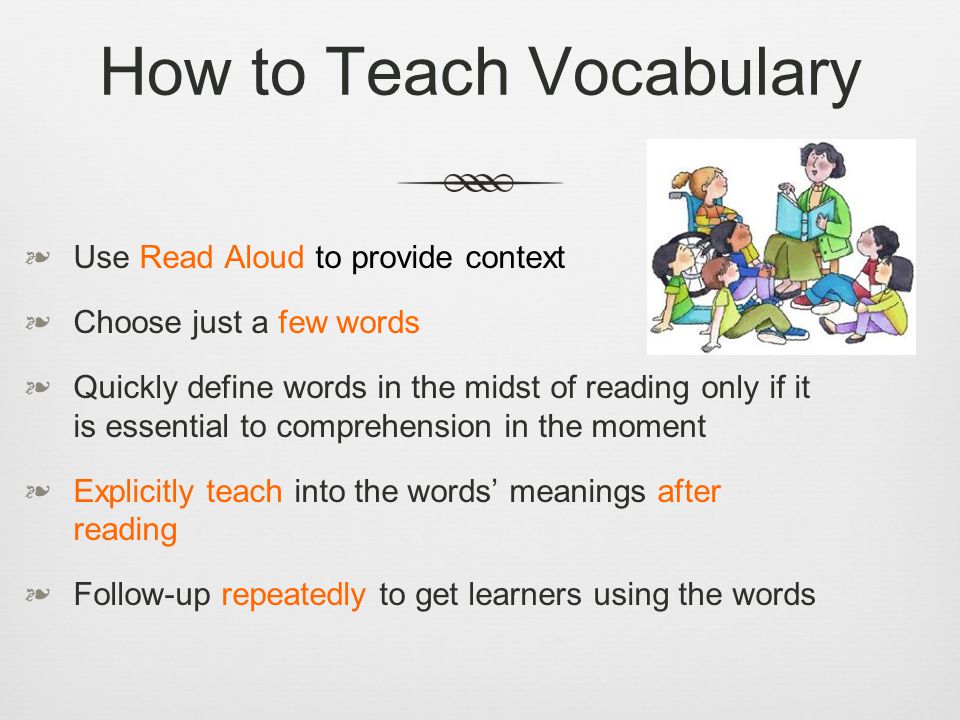
Learn more




